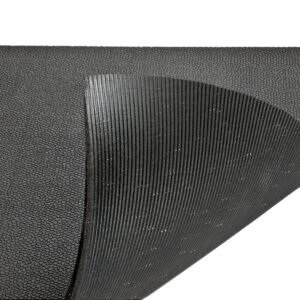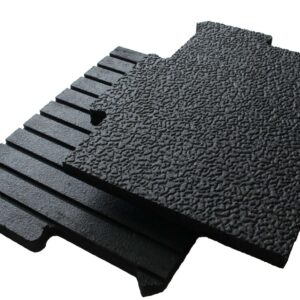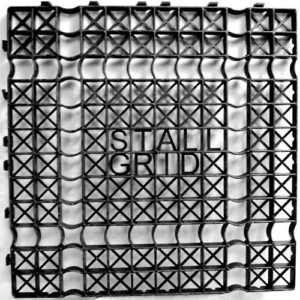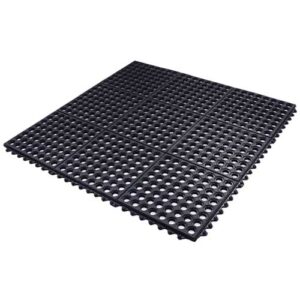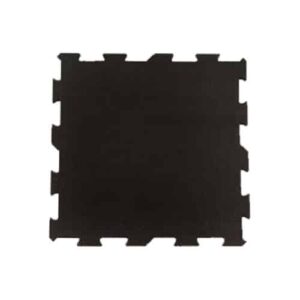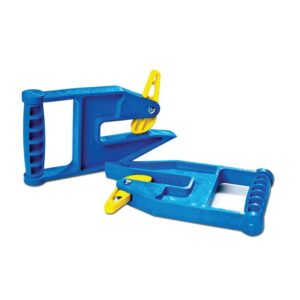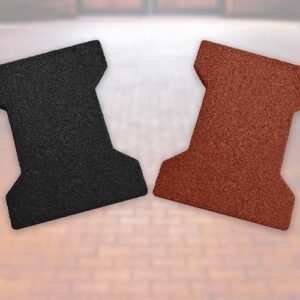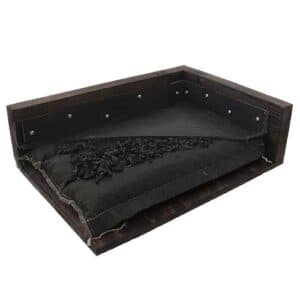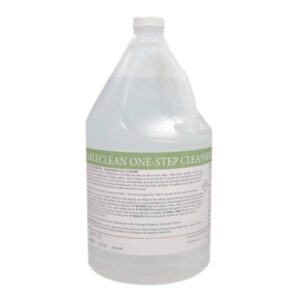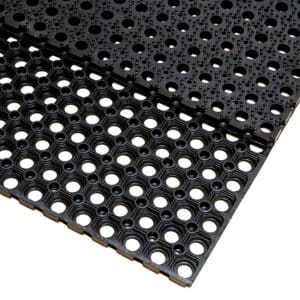4′ x 6′ Straight Edge Stall Mat
Your Price: $48.76 SKU: 46PBLIn StockThis straight edge mat is made from heavy-duty, 100% recycled, vulcanized rubber. It is a high-quality, longer lasting mat that is not sold in most farm stores. It features a pebble top textured surface and a ribbed bottom. It is ideal for damper conditions, where higher traction and drainage is needed. Install these mats in horse stalls, wash and grooming areas, and more.
